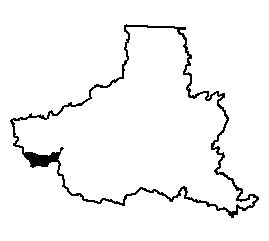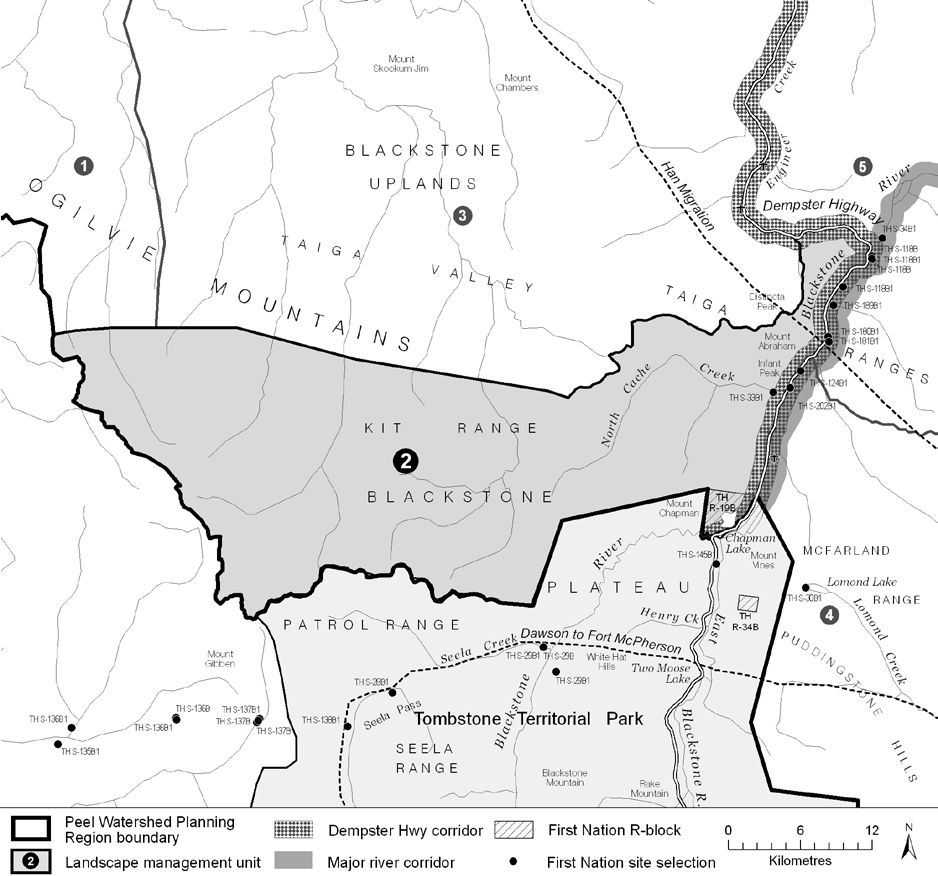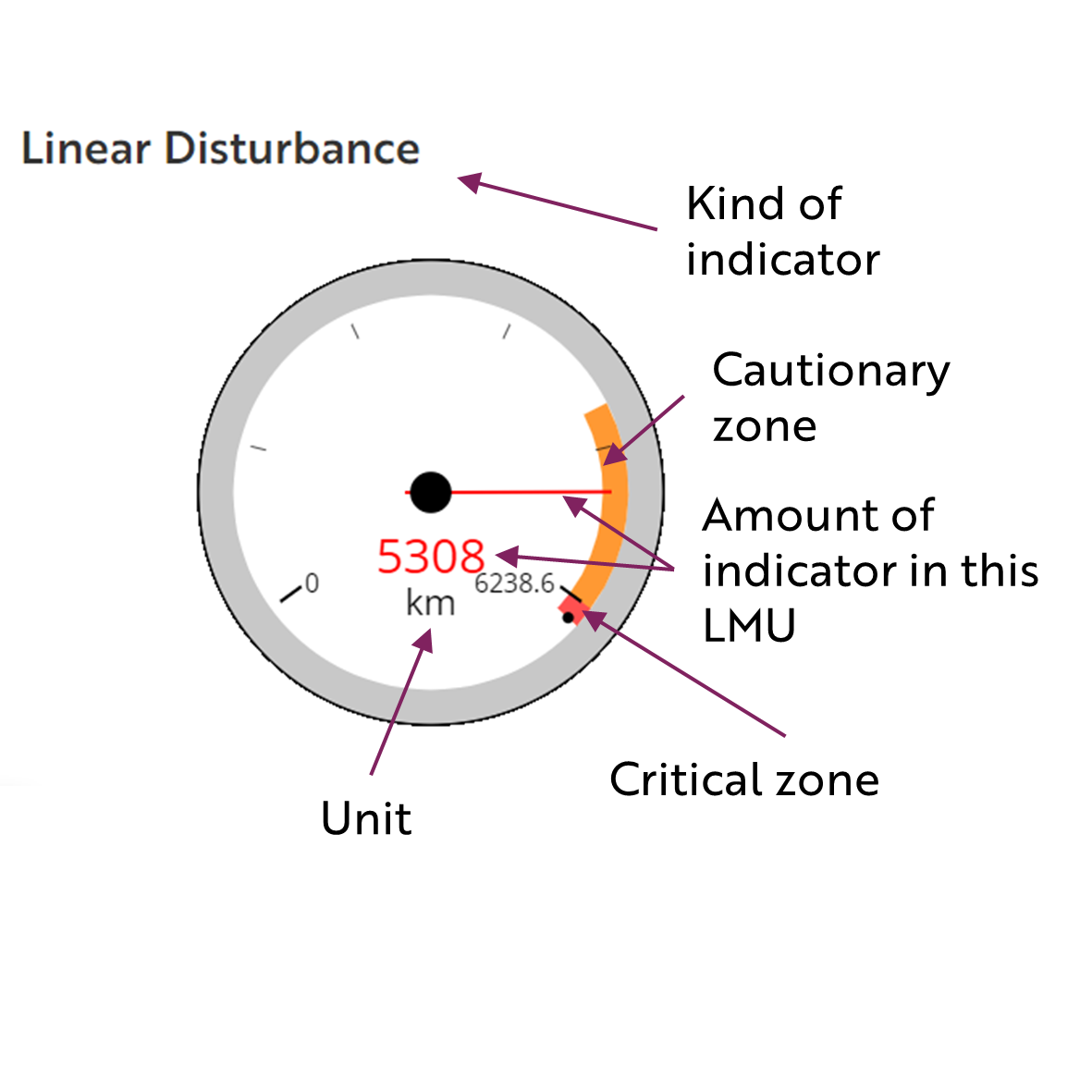PEEL WATERSHED PLANNING REGION:
LMU 2: Kit Range / North Cache Creek


Objectives
- Wilderness character is maintained.
- Community cultural activities practised without significant disturbance.
- Unfettered movement and habitat use of Porcupine and Hart River caribou herds, Dall’s sheep and other
large mammals. - Wilderness tourism activities linked to the existing Tombstone Territorial Park that are consistent with the
objectives above.
Rationale for Designation
- North Cache Creek and area supports important cultural activities of the TH.
- Overlapping key wintering areas for two caribou herds: Porcupine caribou herd, and the Hart River herd.
- Overlapping caribou key areas only occur in two places in the Region.
- The Hart River herd is of the Northern Mountain ecotype, which is listed as “Special Concern”
under SARA.
- Sheep habitat valued by outfitters and the TH.
- National hotspot for plant endemism.
- Adjacency to Tombstone Territorial Park and the Dempster Highway Corridor improves suitability for
recreation, hunting/outfitting, and tourism. - Access to high mineral potential in the western end of LMU 2 through remaining unit cannot be reconciled
with values listed above.
Cumulative Effects Thresholds
Cumulative Effects Indicators
Surface Disturbance
Linear Disturbance
Biophysical Setting

Ecological Resources
Heritage, Social and Cultural Resources
Economic Development
Special Management Considerations
1. The proposed right-of-way for the Dempster Highway lateral pipeline passes through this unit.
2. The Hart River caribou herd and Porcupine caribou herd core wintering areas overlap in this unit.
3. Subsequent Dempster Highway sub-regional land use plan may apply to eastern part of unit – Dempster Corridor to be managed consistent with SMA objectives.
These gauges show how much of each disturbance indicator there is in the LMU with the needle and the large number near the middle. The colours indicate disturbance level zones or thresholds. If the needle is in the white zone, no threshold has been reached.
The Dawson Planning Commission gives a details of their similar (but slightly different) Cumulative Effects Framework on their website.

